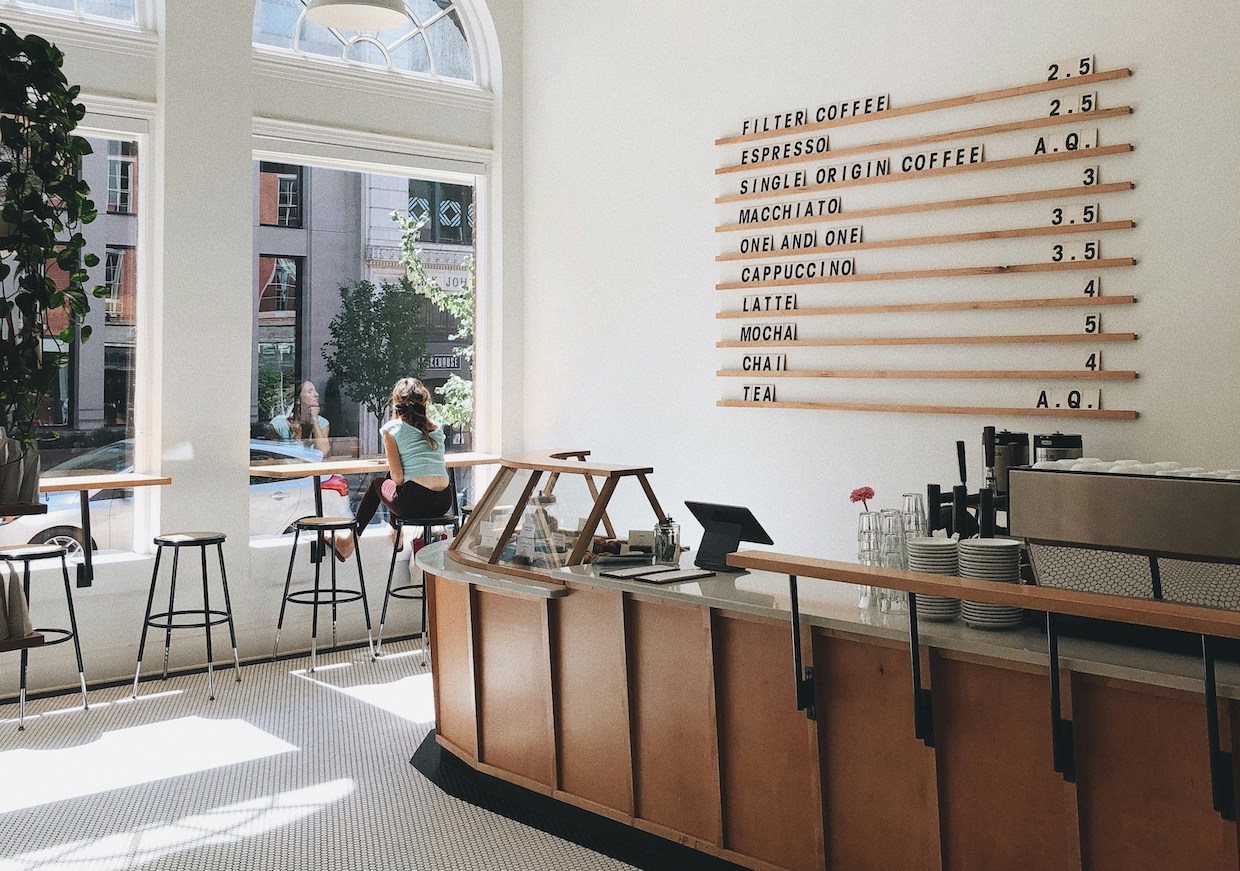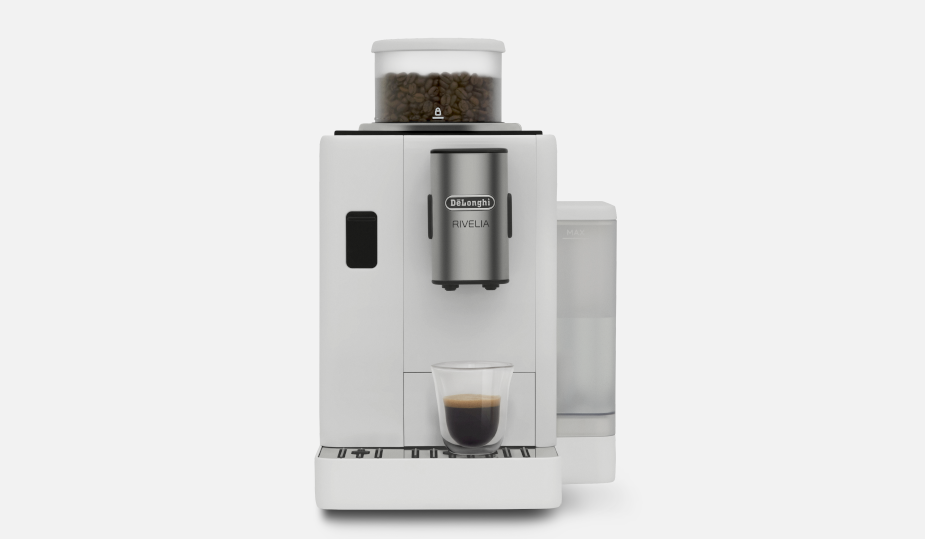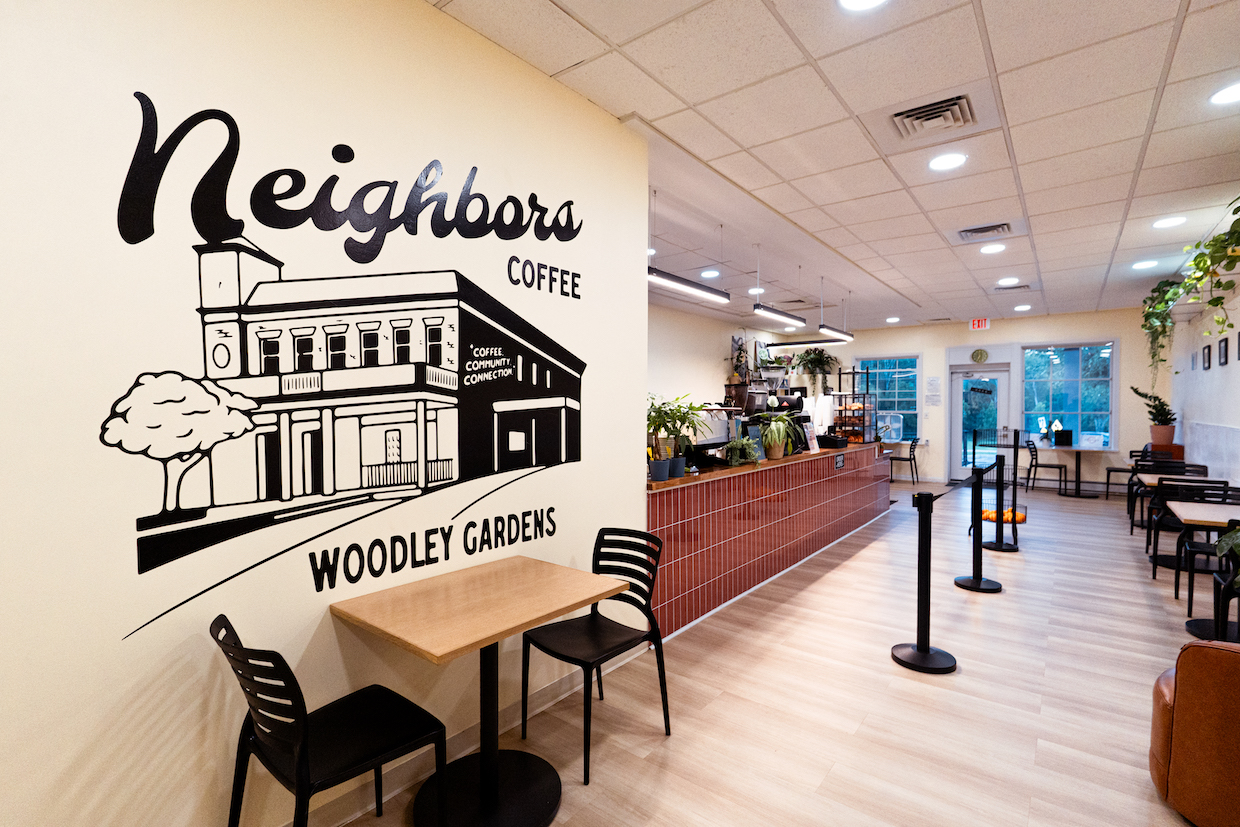Matcha is having its moment.
From small independent specialty coffee shops to larger chains, the vibrant green tea powder is taking over menus. Younger consumers, particularly Gen Z, are driving the trend as they turn away from black coffee in favour of more creative, trendy drinks.
Indeed, matcha lends itself well to customisation, serving as a base ingredient rather than the primary focus of a drink. This begs the question: Is it becoming the new espresso?
Olivia Nottin at Matcha and Beyond and Alex Centner of MoonGoat Coffee share their thoughts.
You may also like our article on whether green tea contains more caffeine than coffee.


Why is matcha so popular now?
In today’s visual-driven age, matcha is proliferating.
Its vivid green hue has become the ideal canvas for highly customised beverages, particularly popular with Gen Z consumers, who are increasingly using their drink choices as a form of self-expression.
“We’re seeing a clear shift in Gen Z preferences. Many are moving away from high-caffeine beverages and alcohol in favour of functional drinks,” says Alex Centner, the sales director at specialty coffee roaster MoonGoat Coffee and the sales representative at Matcha Bot. “With its lower caffeine content and well-documented health benefits, such as extremely high antioxidants, it offers a compelling alternative.”
Made from finely-ground green tea leaves, matcha also has a high concentration of antioxidants, which may help reduce the risk of certain diseases. It also contains L-theanine, an amino acid that can promote relaxation and mental clarity.
Gen Z is becoming increasingly health-conscious, largely attributed to increased awareness of health following the pandemic and greater exposure to content like “FitTok” – a corner of TikTok that features workout plans, recipes, and other fitness-related content, which has garnered more than 64 billion views.
“People are more health-conscious, coffee isn’t working for everyone anymore, and let’s face it, matcha looks beautiful,” says Olivia Nottin, the founder of Matcha and Beyond. “That vibrant green grabs attention, but it’s the benefits that keep people coming back: antioxidants, fibre, steady energy, and no crash. It’s finally getting the recognition it’s always deserved.”
Originating from Japan and dating back to the 12th century, matcha has become a global trend in recent years.
“I started digging deeper into matcha and ended up travelling to Japan, visiting tea farms, seeing first-hand how it’s grown, shaded, and milled,” Olivia tells me. “It’s not just a drink, it’s a craft.”
Matcha has been revered for centuries in traditional tea ceremonies, but is now increasingly a base ingredient for customised drinks in coffee shops.
“As more people travel and experience Japanese culture firsthand, global interest in matcha has surged,” Alex says. “This increased exposure has led to higher demand, so much so that Japan is now experiencing a retail matcha shortage, with tourists purchasing large quantities to take home.”


The ideal canvas for beverage customisation?
From small specialty coffee shops to bigger chains, many are serving matcha drinks. In 2023, matcha-based drinks saw a 202% increase in sales in the UK alone. The global matcha market is projected to reach over US $4 million by 2025 and nearly US $7 million by 2033.
Matcha lattes, smoothies, and other sweetened, customised drinks are becoming increasingly mainstream in cafés worldwide. Younger generations not only gravitate towards matcha for its health benefits, but also for its aesthetic appeal.
“Matcha’s vibrant colour and versatility lend themselves well to visually driven platforms like Instagram and TikTok,” Alex says. “Cafés are now building entire lines of matcha beverages alongside their espresso-based drinks. You’ll find matcha lattes next to lattes, matcha tonics alongside espresso tonics, and even playful twists like the ‘matchacano’ lined up beside the americano.”
Its bright green hue (akin to the colour of the wildly popular Brat album by Charli XCX, beloved by Gen Z), slightly grassy flavour, and compatibility with plant milks made it easy to adapt to iced and sweetened drinks.
“Matcha yields a clean canvas for everything from milk-based drinks to fizzy tonics and cocktail‐style beverages,” Alex says. “As operators look to diversify menus and cater to customers seeking both familiar formats and new flavour profiles, matcha has stepped alongside espresso as a springboard for creativity.”
With matcha taking over social media and coffee shop menus, becoming a prominent base ingredient for creative, sweetened drinks, it’s seemingly taking precedence over espresso and other coffee-based drinks.
Following the launch of its Peaches & Cream Matcha and Matcha Lemonade lines, Black Sheep Coffee saw its sales of lemonade and matcha-based beverages increase by an impressive 315%, signalling a major shift towards photogenic, non-coffee drinks.
“Like espresso, matcha is now part of that customisation culture. Some prefer it straight and traditional, while others want it iced with oat milk and vanilla,” Olivia says. “There’s room for all of it.
“If you’re already curating your coffee offering, why wouldn’t you apply the same standard to your matcha? It’s what I’ve been advocating since I started wholesale,” she adds. “Cafés take pride in their beans, their baristas, and their brew methods; matcha deserves that same attention. It’s not a backup drink anymore; it’s becoming a first choice.”


Passing trend or menu staple?
Matcha undoubtedly offers café owners an exciting base ingredient for creating a range of drinks for their menus. Tapping into its booming popularity is a lucrative opportunity for business operators; matcha drinks have become Gen Z favourite Chamberlain Coffee’s best-selling products.
But if it’s to transcend beyond a trend or “movement”, most agree that café operators need to source high-quality matcha and know how to prepare it properly.
“Cafés should approach matcha with the same level of care and intention they apply to coffee, both in sourcing and training,” Alex says. “Just like selecting a wholesale roaster or a green coffee supplier, it’s essential to find a matcha supplier that aligns with your standards for quality, flavour, and price point.
“From a handling standpoint, matcha should be stored cold to preserve its freshness and colour. A good matcha will be vibrant, bright green, a sign of quality and proper processing,” he adds. “If it’s dull, olive-toned, or brown, it’s oxidised.”
Much like specialty-grade espresso, the ritual of matcha preparation is also an integral part of the experience and its appeal.
“Matcha has deep roots in Japanese culture – it’s not just a green drink in a pretty cup. You don’t have to wear a kimono and hold a tea ceremony, but you should respect the ingredient, how it’s made, and the people behind it,” Olivia says.
Inevitably, the market will split. Some consumers will continue to add flavourings, sweeteners, and other ingredients to matcha drinks, favouring customisation and experiential beverages. Others, meanwhile, will grow to appreciate the terroir and intentionality of matcha.
“Matcha isn’t just a trendy green drink – it has a history that spans over thousands of years, deeply rooted in Japanese tea culture and ritual. When café operators take the time to learn how to source, prepare, and speak about matcha properly, they honour that tradition,” Alex says.
“This means understanding the difference between grades, mastering preparation, and being able to communicate the product to customers. Just as we value transparency and traceability in coffee, we should extend the same care to matcha,” he adds. “Dosing, sifting, water temperature, and whisking technique all play a role in delivering a smooth, balanced matcha experience.
“Investing in this knowledge ensures your café can serve matcha that’s not only visually stunning but also meets the expectations of increasingly savvy consumers.”


Matcha is here to stay; it’s becoming a regular choice on drink menus and will only grow in popularity.
Looking ahead, high-quality matcha will secure a strong place on menus. As people become more educated about matcha – understanding the different grades, cultivars, and preparation styles – the market will continue to expand.
Enjoyed this? Then read our article on what specialty coffee has learnt from tea-drinking cultures.
Perfect Daily Grind
Want to read more articles like this? Sign up for our newsletter!











